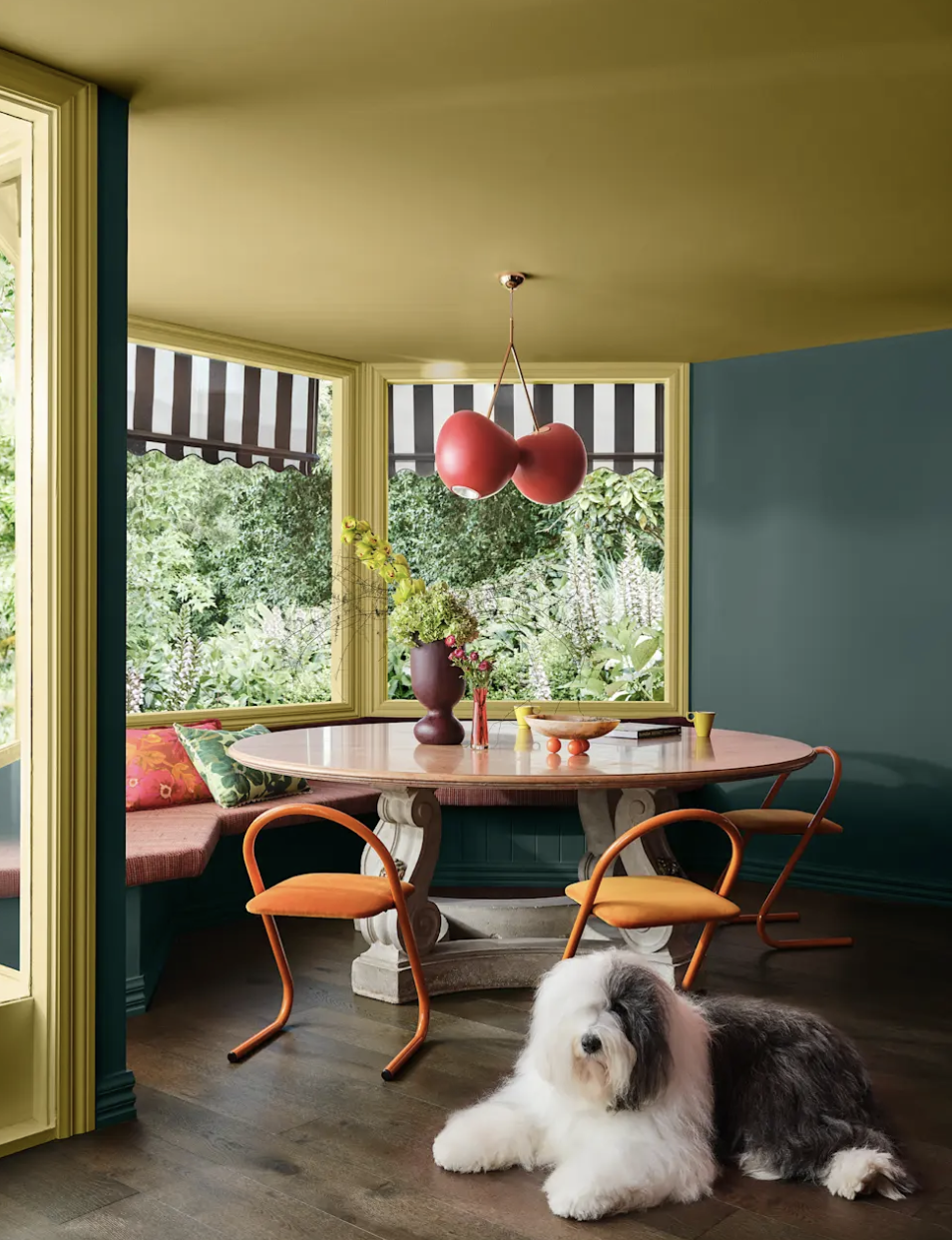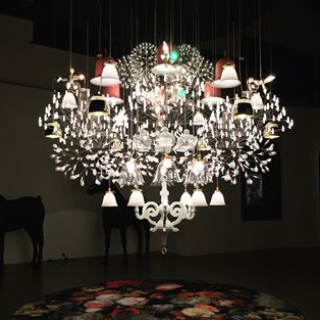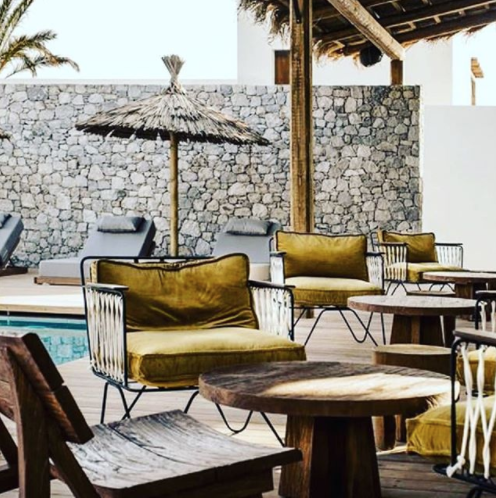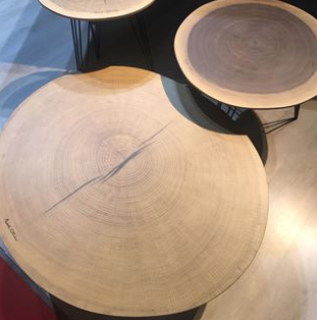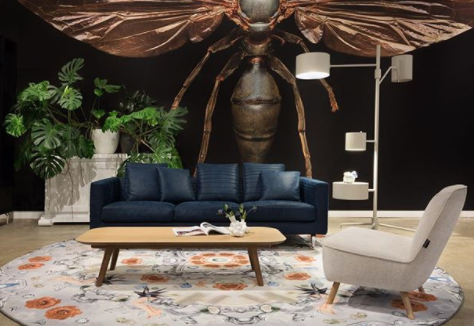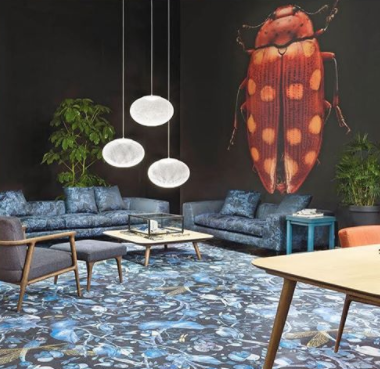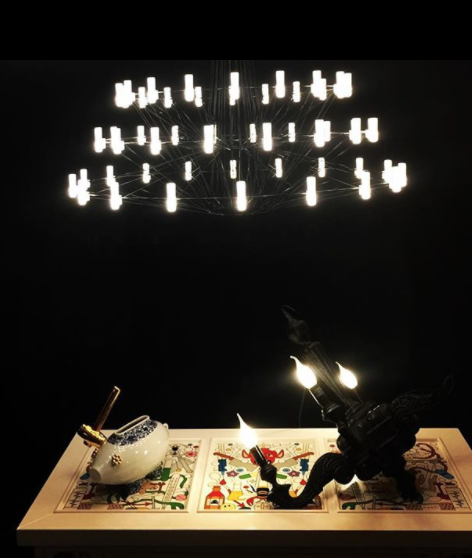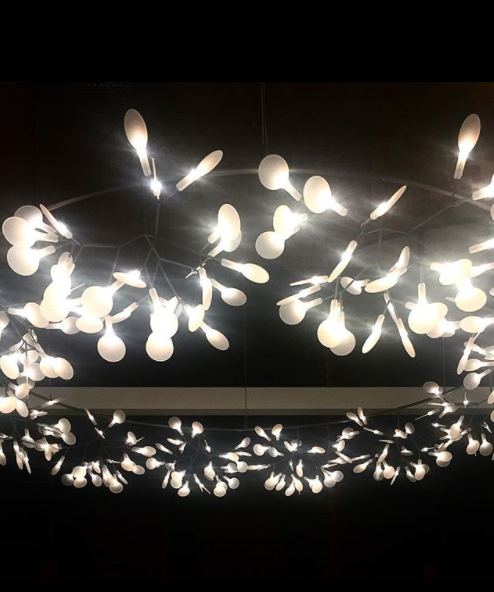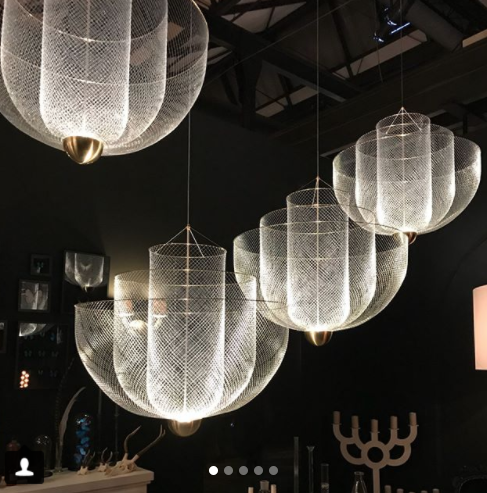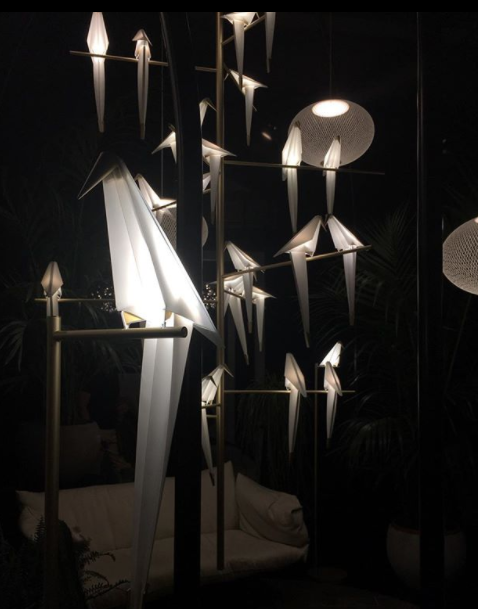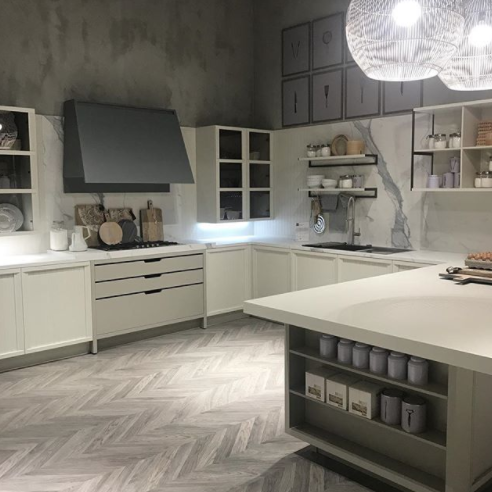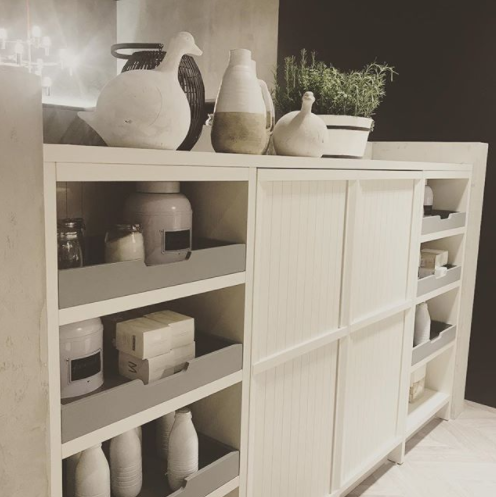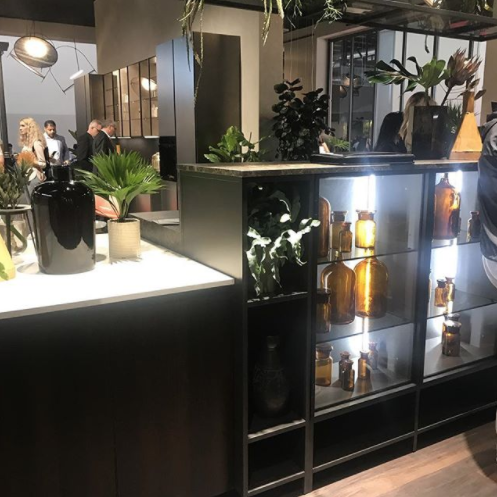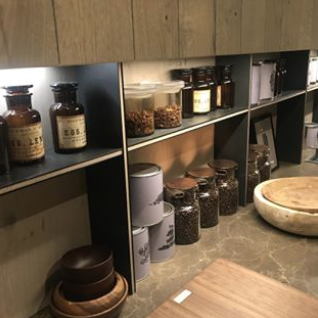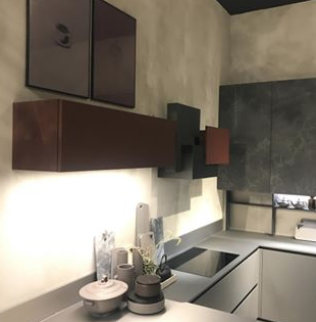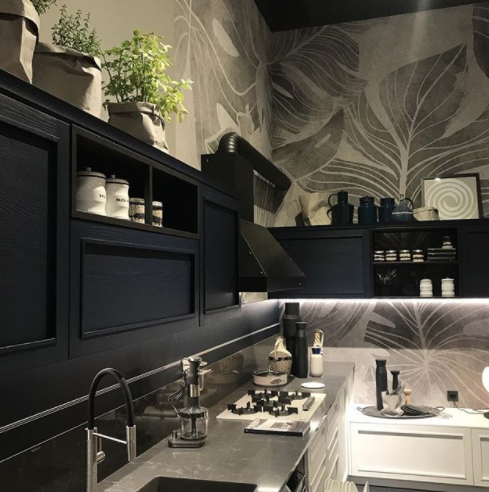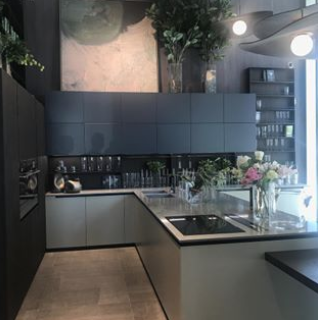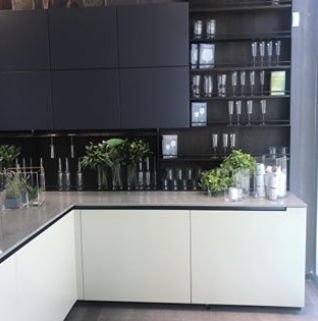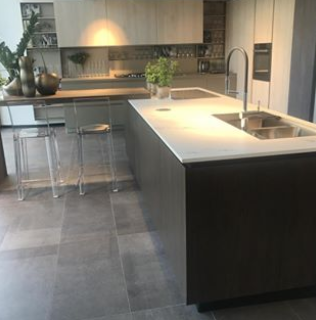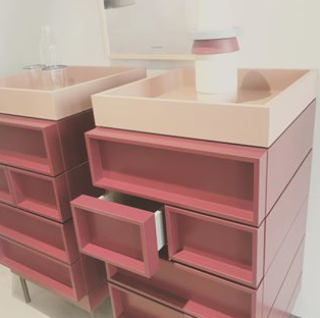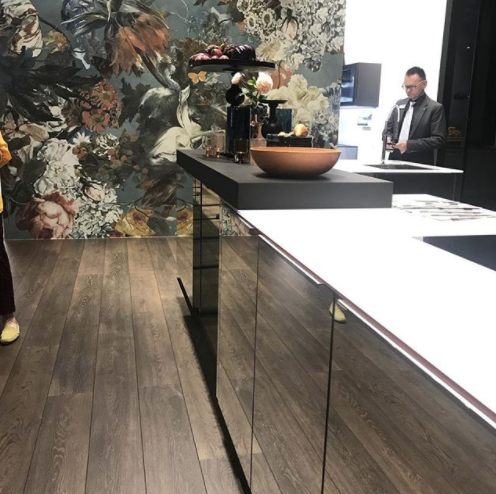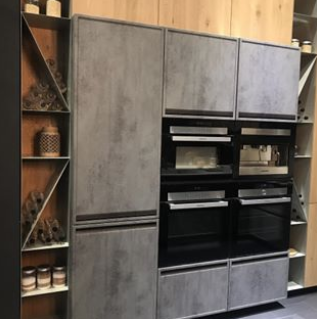Building In a Bushfire Zone in 2025
Building in Bushfire Zones: A 2025 Guide to Harmonising Safety & Nature in Victoria
Living amidst Victoria’s stunning bushland comes with a responsibility to protect both your home and the natural environment. As bushfire seasons grow more intense, designing a resilient home that respects the landscape is no longer optional—it’s essential. Here’s how to strike the perfect balance between safety and sustainability, with tips aligned to the *National Construction Code (NCC) 2022* and Victoria’s latest regulations.
---
1. Know Your Risk: Start with a BAL Assessment
Every bushfire-resistant build begins with understanding your *Bushfire Attack Level (BAL)*. This metric, determined by a qualified assessor, measures your property’s exposure to embers, radiant heat, and flames . Victoria’s *Bushfire Prone Areas (BPA)* and *Bushfire Management Overlay (BMO)* maps dictate construction standards, from non-combustible materials to defendable space requirements . Use *VicPlan* to check your property’s designation and consult local councils for tailored advice .
**Pro tip:** Even if your BAL is low (e.g., BAL-12.5), consider exceeding minimum standards. The *CSIRO Bushfire Best Practice Guide* recommends proactive measures like fire-resistant landscaping to future-proof your home .
---
2. Design Smart: Materials Matter
The *NCC 2022* and *AS 3959:2018* mandate non-combustible materials for walls, roofs, and decks in high-risk zones.
Think:
Steel framing and corrugated iron cladding (like the curved Kallista House, where leaves slide off roofs) .
Double-glazed windows with toughened glass and metal shutters to block embers .
Stone, brick, or rammed earth walls for thermal mass and fire resistance .
Avoid timber decks and overhangs in BAL-40 or Flame Zone (BAL-FZ) areas. Instead, opt for concrete patios or steel-framed balconies compliant with *NCC Volume Two Clause 3.10.5.0* .
**Innovation alert:**
Explore Joost Bakker’s Kinglake prototype, featuring soil-covered roofs and recycled materials, tested by CSIRO for extreme fire resilience .
---
3. Seal the Gaps: Embers Are the Silent Threat
Up to 90% of bushfire home losses start with ember intrusion. Ensure:
- **Airtight seals** around doors, windows, and roof vents fitted with non-combustible mesh .
- **Non-flammable insulation** (e.g., mineral wool) to prevent toxic fumes .
- **Concealed gutters** and metal screens to block leaf buildup .
---
4. Defend Your Space: Work with Nature
A bushfire-resistant home doesn’t mean stripping the landscape. Instead:
- Create **defendable space**: Clear vegetation within 10–20m of your home but retain mature trees for shade and biodiversity .
- Install **rainwater tanks** (minimum 10,000L) and sprinkler systems connected to independent power (e.g., solar) .
- Use **fire-resistant plants** like succulents and deciduous trees near structures .
**Did you know?** Strategic landscaping can reduce radiant heat by up to 50% .
---
5. Stay Updated: Key Resources for 2025
- **VicPlan**: Check your BPA/BMO status and download property reports .
- **CSIRO Bushfire Best Practice Guide**: Free, science-backed strategies for retrofitting or building anew .
- **NCC 2022 Part G5**: Updated standards for Class 1–9 buildings in bushfire zones .
- **Local councils**: Mandatory permits and BAL assessments .
---
Final Thoughts: A Future-Proof Legacy
Building in Victoria’s bushfire zones is about respect—for the land, your community, and future generations. By blending smart design with ecological sensitivity, you create a sanctuary that’s both safe and sustainable. As architect Ben Callery reminds us, “Resilience doesn’t mean sacrificing beauty; it means designing with intention” .
*Stay safe, stay inspired, and let’s protect the bush we love.*
---
*References: VicPlan, CSIRO Best Practice Guide, NCC 2022, AS 3959:2018, and local council guidelines.*
Colour Drenching - Adding Sophistication and colour - the antidote to white
Hello, design lovers! If you’re craving a fresh, bold look for your home this year, let’s talk about colour drenching—a technique that’s sweeping interiors the world over. Imagine wrapping your space in a single, mesmerising hue, creating a cocoon of harmony and drama. No more timid accent walls or safe white trims—this trend is all about fearless self-expression. Let’s explore why this immersive style is captivating homeowners and how you can master it, too
What is Colour Drenching?
Colour drenching involves painting every surface in a room—walls, ceilings, skirting boards, trims, and even built-in cabinetry—in the same shade or hue. The result? A seamless, monochromatic oasis that feels both luxurious and deeply intentional. While the trend has roots in European design, it’s found a passionate following in Australia, where bold, sun-soaked palettes and modern minimalism thrive.
By eliminating contrasting trims and ceilings, colour drenching creates a cohesive, modern aesthetic. Whether you choose a moody terracotta (*Dulux Rumors*) or a serene stone grey (*Sherwin-Williams Sashay Sand*), the effect is sophisticated and immersive.
Space-Enhancing Illusion - Monochromatic rooms can feel larger and airier, as the absence of stark boundaries allows the eye to travel uninterrupted. This is particularly effective in smaller spaces like apartments or compact living areas.
Drama Meets Tranquility - Deep hues like emerald or midnight blue add opulence and intimacy, perfect for bedrooms or dining areas. Soft neutrals like sage or warm beige create calming retreats, ideal for open-plan living zones. As Melbourne designer Simone Haag notes, “A drenched room feels curated, as though the colour slowly reveals itself.”
Practical Perfection - This technique cleverly disguises architectural flaws, such as uneven walls or dated fixtures. Using varying sheens—matte walls with glossy trims, for example—adds subtle dimension while maintaining tonal harmony.
How to Master Colour Drenching
1. Select the Right Shade - Consider the room’s natural light and purpose. North-facing spaces with abundant sunlight can handle deep, saturated tones, while dimmer rooms may suit lighter shades. Earthy, organic colours—think ochre, olive, or muted plum—are dominating 2025’s palettes for their timeless warmth.
2. Experiment with Finish - Matte walls paired with satin or glossy trims (in the same colour!) add depth without disrupting the monochromatic flow. A semi-gloss ceiling can also reflect light subtly, enhancing the room’s ambiance.
3. Layer Textures - Prevent a flat appearance by mixing materials. Linen cushions, velvet upholstery, rattan lighting, or timber furniture add tactile interest. As Patrick O’Donnell of Farrow & Ball advises, “Texture ensures the room feels inviting, not overwhelming.
4. Start Small - Test the trend in enclosed spaces like powder rooms, studies, or hallways. For a playful twist, apply it to a child’s bedroom in a cheerful tone like buttery yellow or soft lavender.
5. Balance with Neutrals - Introduce natural wood tones, crisp white linens, or metallic accents to soften the intensity. A timber dining table or brass pendant light adds warmth and prevents the space from feeling monotonous.
Ready to Transform Your Space? Colour drenching isn’t just a trend—it’s a design philosophy that celebrates confidence and cohesion. Whether you’re refreshing a heritage home or a contemporary apartment, this technique invites you to reimagine your walls as a canvas for self-expression. And remember: paint is forgiving. If you crave change, a new hue is just a weekend project away. So grab a brush, choose a shade that speaks to you, and let your home tell its story—one immersive, harmonious room at a time.
From Milan - Design and Colour trends
Trends I see emerging from everyone Fashion Moooi is a reference which pays homage to both the glitzy, moody luxurious Art Deco days to Nature and us wanting to preserve a version of it in our homes.
The Colour Board for the new era of interiors is soft, muted, washed out versions of mother nature. From Leaves, Red Earth Rock and Coastlines and forest floors. The recent Salone International del Mobile Milano highlighted a rich warm hug of velvets and dark moody timbers. Kitchen and Cabinets have textures and colours of timber and concrete. Benchtops are biscuit thin wafers of texture. The themes of apothecary and biology and nature abound.
The decor style is strong, elegant and intense. With the fabulous 'Moooi' lights showing what origami folds and seemingly paper thin designs can do. The celestial light designs are beautiful. The Koket Drapesse Chairs of velvet and Brass Organic Mirror designs and Forest inspired Wallpapers by Essential Home 'Palm and twist' bring a deep jungle into the home.
New Trends in Kitchen Design
The future of kitchens is shifting away from high gloss white and breakfast bars. The modern city living and open plan living encourages new designs. Using a mixture of finishes and textures and creating new and innovative storage solutions with clever push open cupboards the kitchen is evolving. The colours are muted, natural and more bespoke in design. Gone are the kitchen stools and the dining table becomes a feature or extension of the overall design. Lots of greenery is featured and using stone, timber and gloss in a variety of texture and shapes makes the future of kitchen design really exciting.
Have a look at the video to see what designers and suppliers are looking forward to in 2015 and beyond.
We custom design and install Kitchens for our clients. By taking the extra care with designing the kitchen as another room in the overall scheme of the house design is imporatant to us.
For a look at the latest trends from Eurocucina 2015 dowload the PDF catalogue here.

















